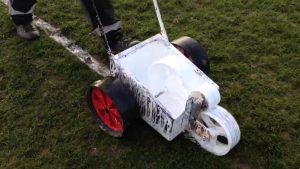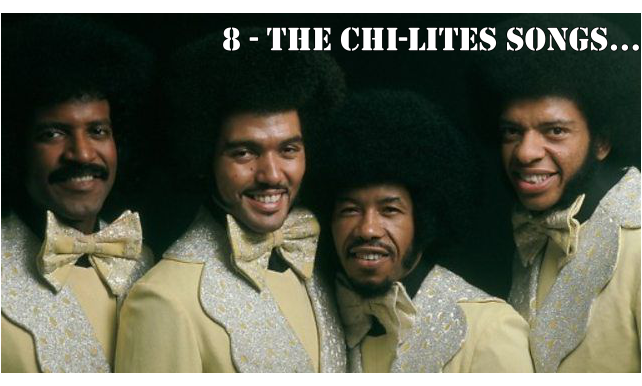(ThyBlackMan.com) Regular line markings on sports pitches have been in existence since the 19th century! This coincided with the formation of the Rugby Football Union and the Football Association. Each governing body started to introduce their own rules and regulations, which led to different pitch markings for the different sports. Also, around the same time, the All England Croquet Club began to offer lawn tennis.
The vast majority of these sports were played on grass surfaces, which required some form of line markings. Some of the earliest materials used to create pitch markings include dust and wood shavings. Eventually, this progressed to limestone materials and chalk, which could easily be crushed to create simple dry marking compounds. These compounds were easy to spread. Plus, the chalk and limestone materials were white, which meant they reflected the light. This improved the visibility of the pitch lines.
materials used to create pitch markings include dust and wood shavings. Eventually, this progressed to limestone materials and chalk, which could easily be crushed to create simple dry marking compounds. These compounds were easy to spread. Plus, the chalk and limestone materials were white, which meant they reflected the light. This improved the visibility of the pitch lines.
Early pitch marking materials did not last long, as they were easily washed away during the rain. To help overcome this problem, weed killer was substituted for white line marking materials or creosote was used. This was an acceptable practice between the 1960’s and 1980’s, however, it is now illegal to use lime and creosote. It was also during this period of time that a wide range of marking machines became readily available. These new machines offered enhanced engineering techniques and a better design.
Marking Materials
Nowadays, we have access to a wide range of marking products that can be easily applied using a range of applicators and machines. Marking materials are designed to produce either no permanent lines or permanent lines.
Non-Permanent Materials
-
Liquids: You can use water-based paints and emulsions on all artificial and grass surfaces. These can be supplied ready to use and are also found in spray markers and transfer wheels.
-
Powders: Chalk-based products are mainly used for grass. This powder can either be sued on its own or mixed with emulsion products or water to produce a liquid. This can then be sued in transfer wheel markers.
-
All Weather Compounds: These are special dry compounds that can be used on black ash, redgra and similar surfaces. You will need to sue a gravity feed marker if you opt to use this non-permanent material.
Permanent Materials
-
Redrock Pitch Line: This is a relatively new concept and involved stitching UV treated polypropylene into the surface of a pitch. You must use a specialist machine to do this. This treatment produces a permanent line that is guaranteed for up to 10 years.
-
Paint: Line marking paint is still widely used in playgrounds, sports halls, car parks and areas that require frequent washing. You can apply this type of paint with either a pump system sponge roller or by hand. You can easily look for line marking paint online.
-
Tapes: You can use plastic on either grass or gravel, which is fixed down with tacks or nails.
-
Aerosols: This permanent material can be used on all hard surfaces and grass. You can apply this by hand or you can opt to use a handgun applicator.
Staff Writer; George Hall

















Leave a Reply